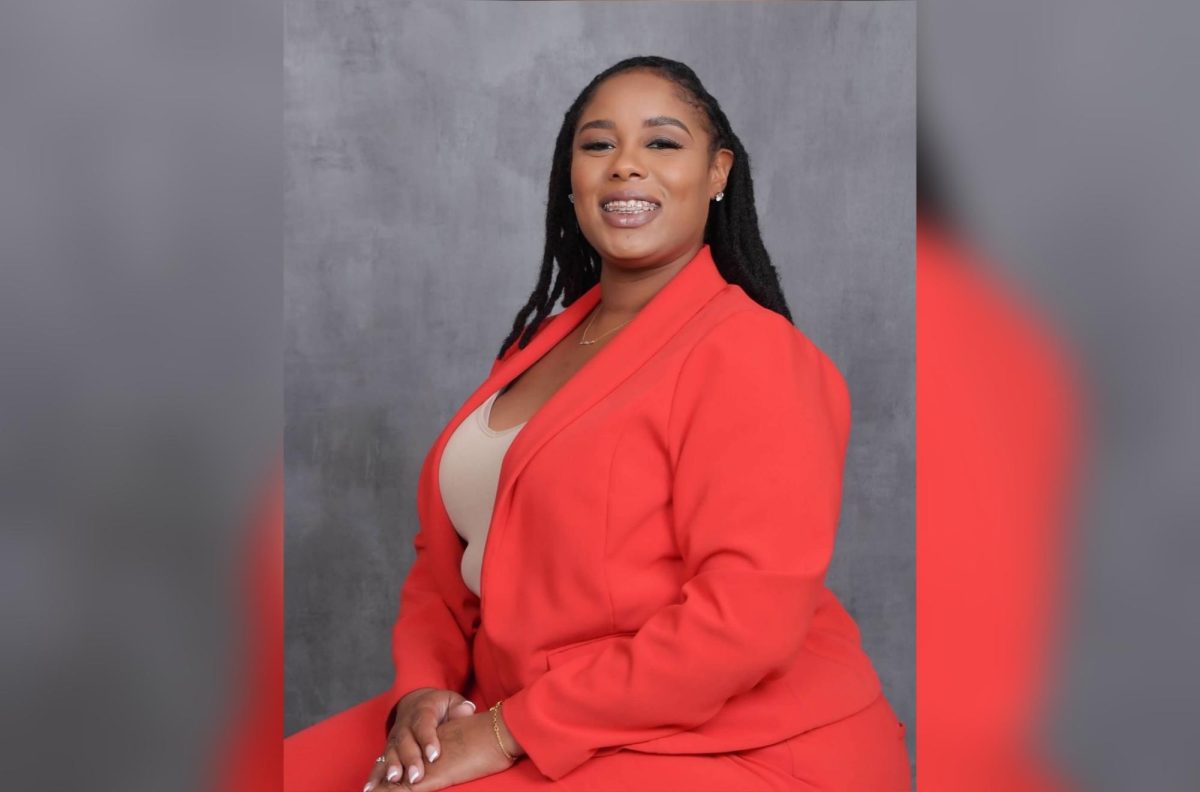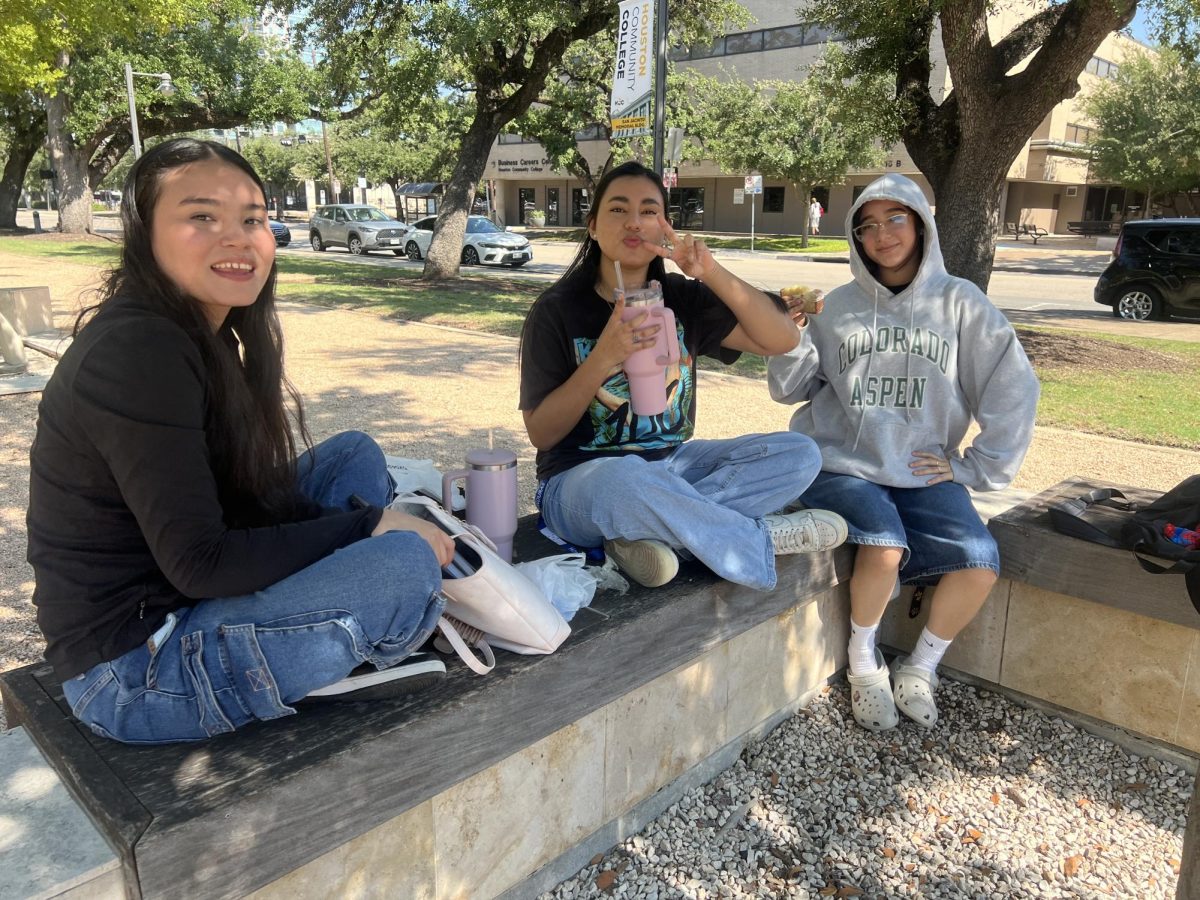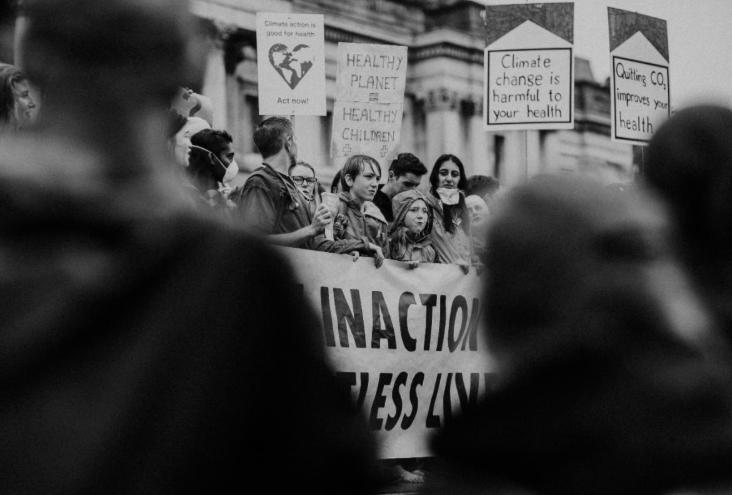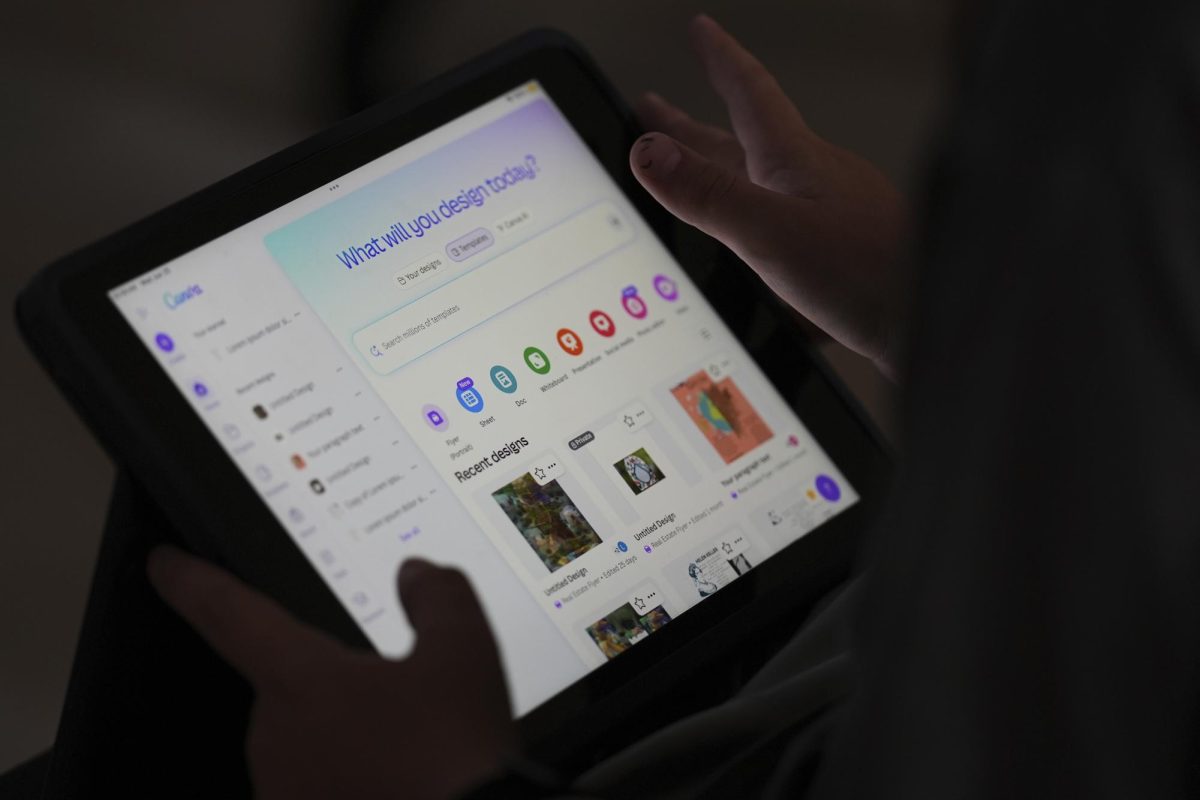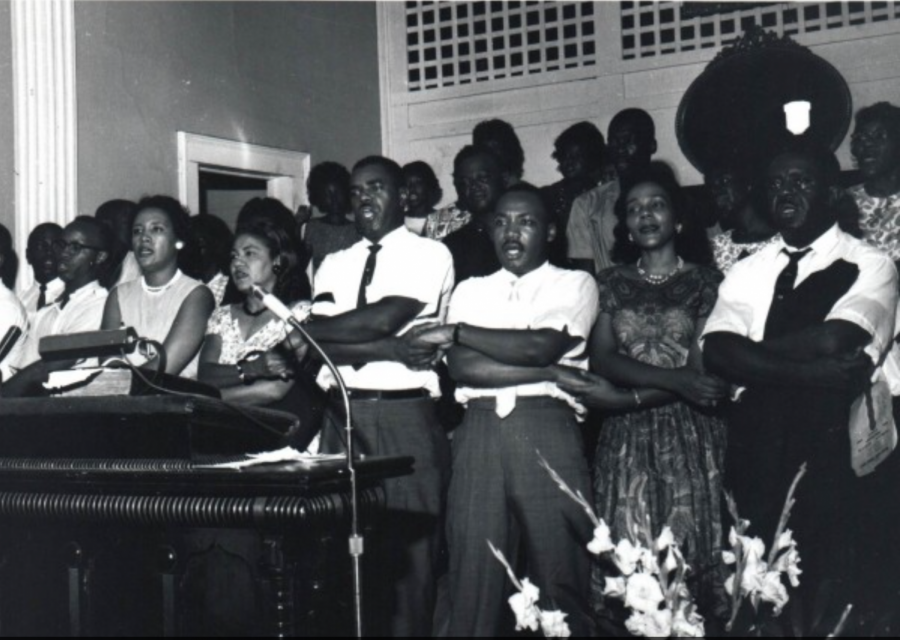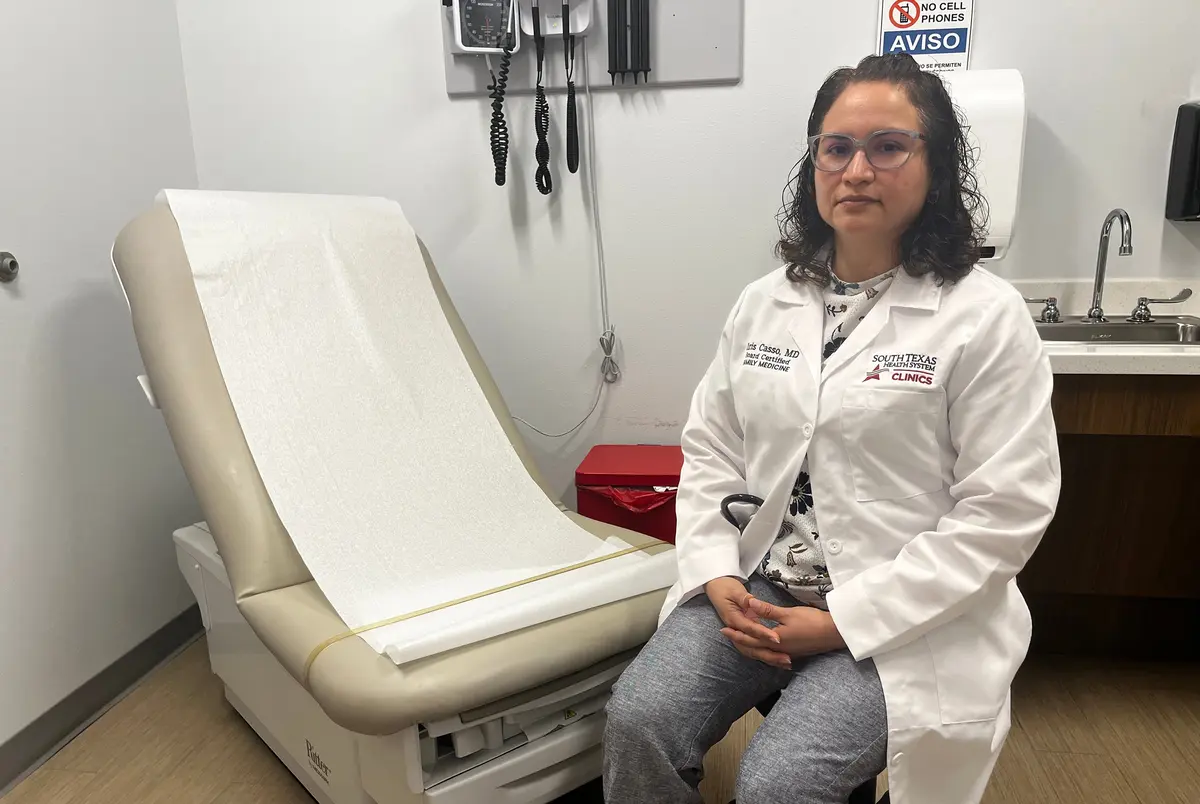The Albany Movement: The Impact of Two Young Revolutionaries
February 18, 2018
It is still hard to believe that there was a time when America was legally divided in to “separate but equal” parts. Voting laws, interracial marriages, water fountains, even hospitals were segregated by Whites and “Coloreds.” White delivery rooms were properly maintained, while the Colored delivery rooms were in hospital basements. To Whites, the Black community was simply not supposed to exist on the same level, let alone interact with them equitably. After a short period of superficial integration after the civil war, Whites began to use the government as a weapon towards Blacks. Jim Crow Laws were enacted in 1877, causing society to revert and maintain the view that Black people were subservient to Whites in every way possible. If Blacks got out of line, they were jailed, punished, beaten, and often killed for speaking up. As the Black communities across the south resisted, the Civil Rights Movement reached the South Georgia town of Albany, and two young revolutionaries, with the help of HBCU-Albany State College, mobilized the Albany black community into action.
In 1961, the Albany movement began as the Board of Registration Project. Its aim was to get more Black citizens registered to vote. Charles Sherrod, and Cordell Reagon, Members of The Student Nonviolent Coordinating Committee (S.N.C.C.), arrived in Albany and quickly began reaching out to the Black community in any way that they could. The S.N.C.C., a group founded in 1960, and led by students from several Black Colleges, staged nonviolent protests at segregated lunch counters, grocery stores, and perhaps most important, on public transportation and at public transportation terminals.
Sherrod and Reagon arrived in Albany and spoke to anyone and everyone about standing up against Jim Crow laws. From churches to nightclubs, the two young revolutionaries relentlessly set out to convey the message that both local and national change had to emerge from the Black community itself. Famously known for not giving up her seat on a crowded bus, the arrest of Rosa Parks was just one of many cases that came out of the south about inhumane treatment in public spaces, and it was arrests like that of Ms. Parks that kept the Albany community hesitant about being proactive with regard to their owns rights. Nonetheless, Sherrod and Reagon remained adamant toward freeing the minds of the community of Albany, and they expanded their meetings to include the students at the local Albany State College.
On November 1, 1961, facilitating a meeting on the campus, Sherrod, Reagon, and several students expressed grievances regarding segregation within the town and shed fresh light on the state of Albany’s black community. From there, the Albany Movement was born, and it began tracking the town’s local police department, involving the City Manager of Albany, discussing and demanding change in Albany. The Movement, not surprisingly, was met with heavy opposition from White citizens who made up most of local law enforcement and the town’s mayor. By mid-December some 500 arrests were made in attempt to scare away the unwanted controversy in the otherwise complicit town. Finally, Sherrod and Reagon decided to enlist the help of Reverend Dr. Martin Luther King Jr.
Dr. King arrived at Shiloh Baptist Church in Albany, Georgia on December 15, 1961, and delivered a powerful message. Speaking to this congregation, Dr. King rejuvenated the Albany movement by giving hope to the community. Sadly, Dr. King, along with other activists, would be arrested the next day while marching through Albany on charges of “parading without a permit,” and “obstructing the sidewalk.” The arrests within the Albany movement brought attention to the cause nationally because, as Dr. King later noted, the local government once again used “racist tactics to defund the movement in the south through excessive bail.” Yet, in an ironic positive outcome of this unjust incarceration, serving that time in jail gave King and other leaders inside access and insight to jail-ins and the masses incarcerated due to the movement.
Dr. King came to an agreement with the Interstate Commerce Commission, that if he left Albany once he was released, they would release the other protestors on bail. This “agreement” was primarily to get King out of town, as he was viewed as bringing unwanted national news coverage to the relatively quiet small town. The promised agreement, however, was not kept, and protests continued into 1962.
By mid-1962, a staggering 737 protesters had been arrested, the largest mass arrest in American history. In June of 1962, Dr. King would be found guilty and ordered to pay a fine or serve the forty-five days in jail. In solidarity, he chose jail. This boosted demonstrations, which turned violent, and lead to more arrests around the movement fueling yet more negative press in Albany.
Ultimately, an unknown person paid Dr. King’s fine, and he was released from the Albany jail. Upon that release, he noticed a negative shift in the movement had taken place. Upon this observation, Dr. King requested a halt to the demonstrations and a “Day of Penance” or reflection for the community to collect their self mentally and physically. On July 27, 1962, Dr. King was taken into custody for a third time; however, after his release this time, he agreed to leave Albany and its movement for good.
With the departure from Albany, Dr. King felt that his efforts and the movement in Albany were a failure. However, as time would tell, residents would not give up the fight that easily, and the resistance efforts continued. Dr. King would take his failures in Albany and use those lessons to shape the success of the Alabama marches in Selma and Birmingham. Dr. King may have viewed Albany’s movement as a failure, but the community did not, and history does not.
The Albany movement continued strong after Dr. King’s departure, and the community began to see victories. The rallies may have seemed like failures due to the continued mass arrests, but it was the major injustice of those arrests that advanced Dr. King’s resolve and gained nation’s attention.
In Albany, voter registration efforts finally proved to be effective, as Thomas Chatmon, a Black businessman, received enough votes in the following election for city commission. The Albany Movement inspired movements in other southern towns to challenge their governments’ unjust and despicable legal structures. The civil rights movement would gain ground and last well through the 60’s achieving significant success throughout the nation. Two young revolutionaries, determined to make change, played a significant role in impacting the greater good. As Margaret Mead famously noted, “Never doubt that a small group of thoughtful, committed, citizens can change the world. Indeed, it is the only thing that ever has.”


